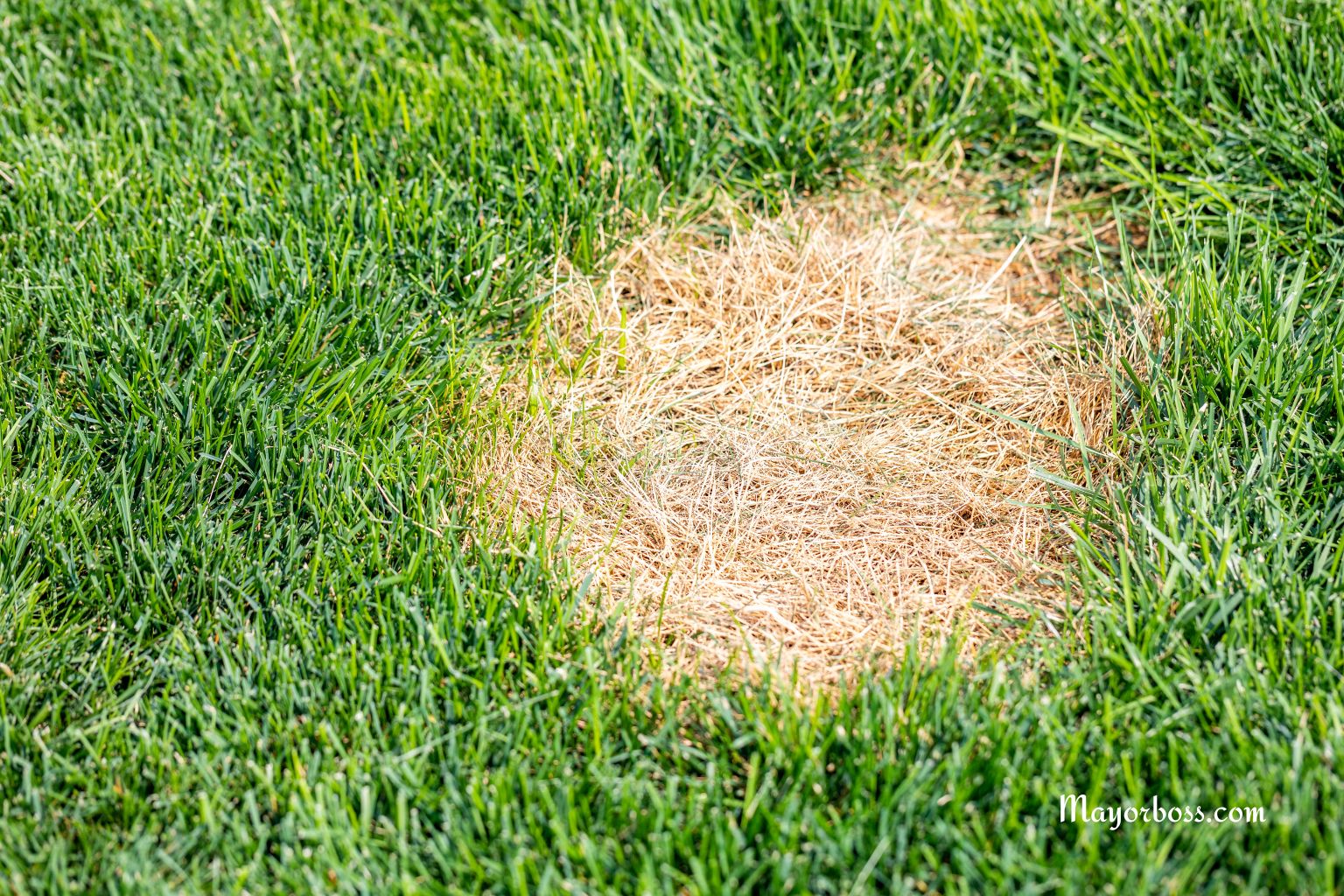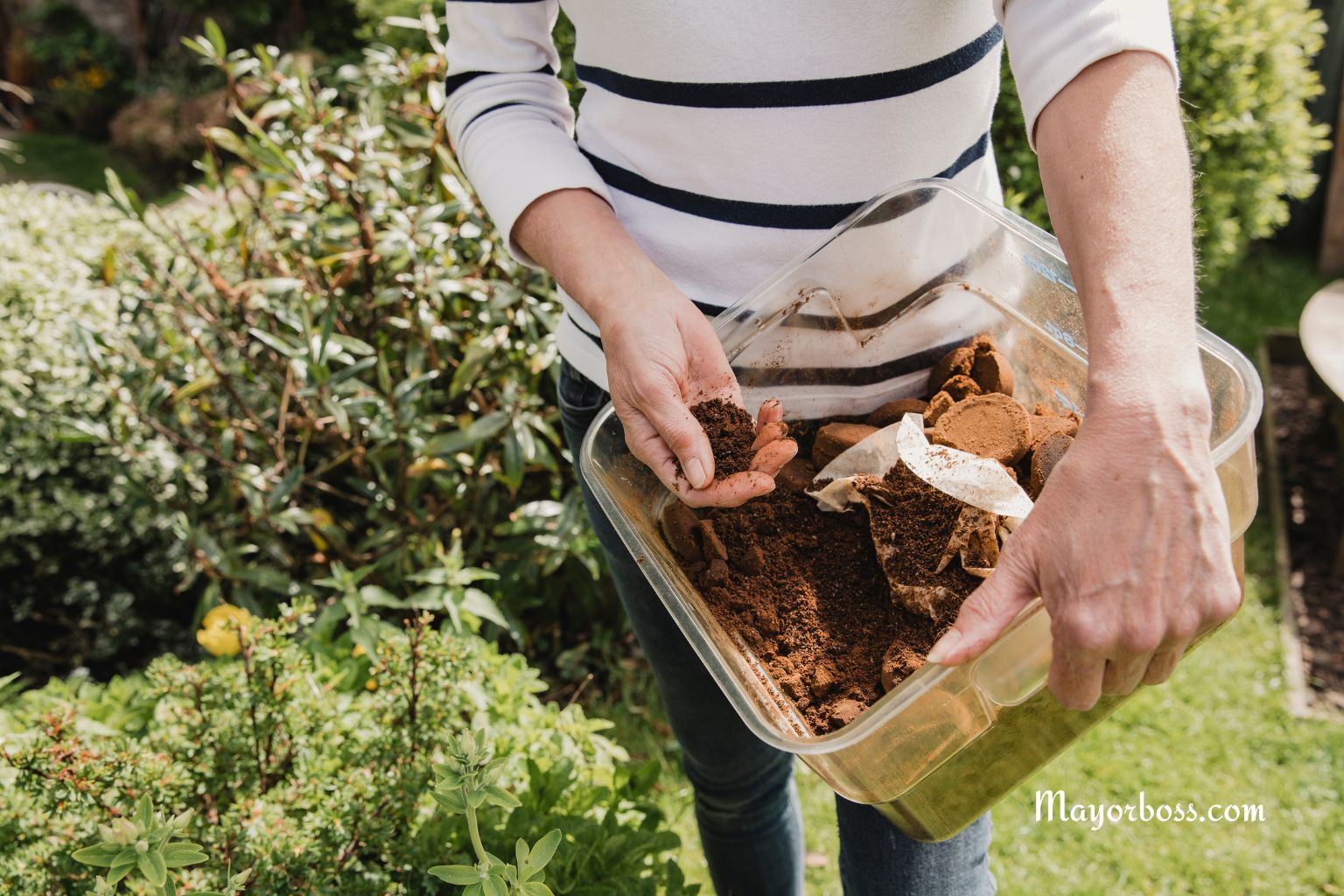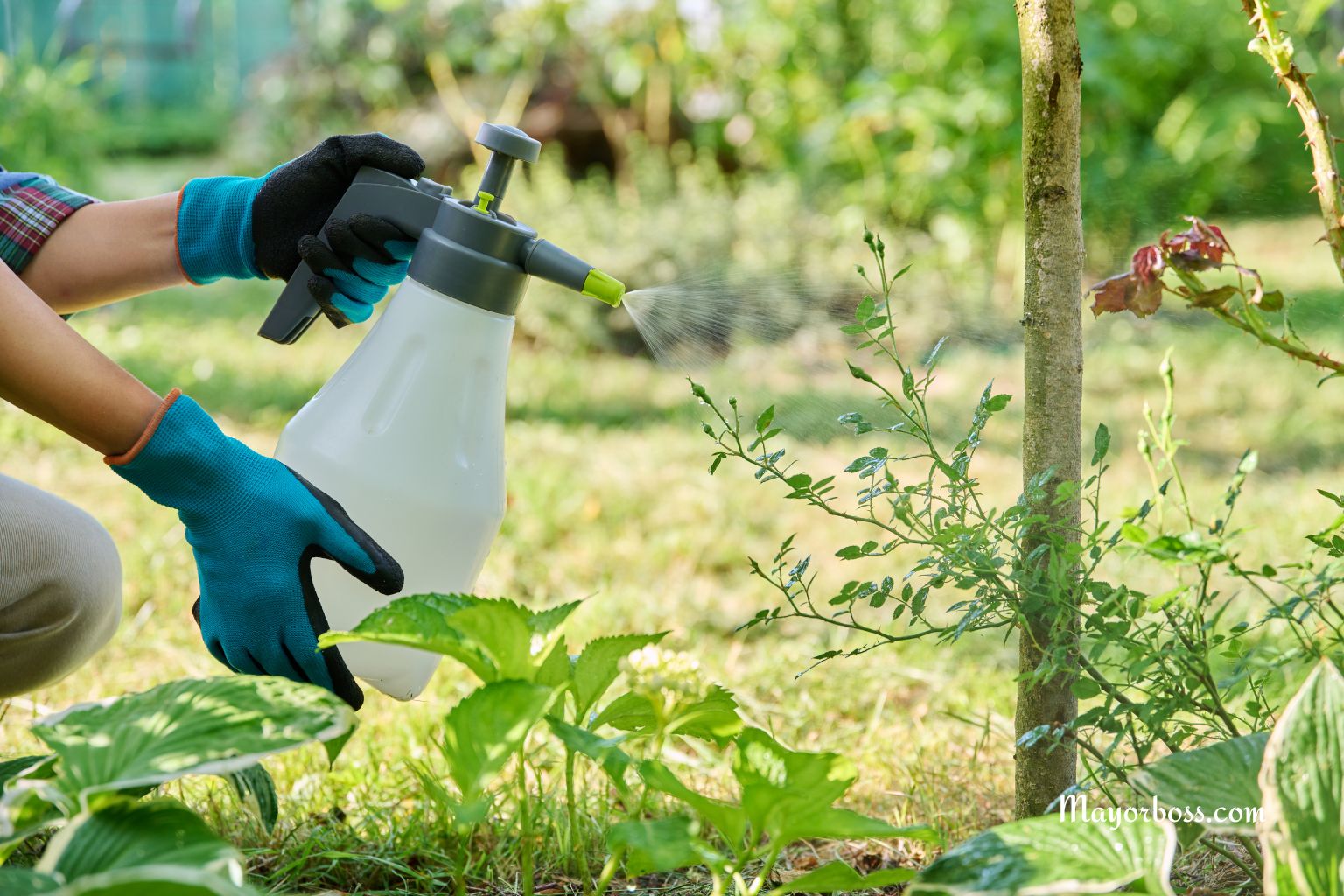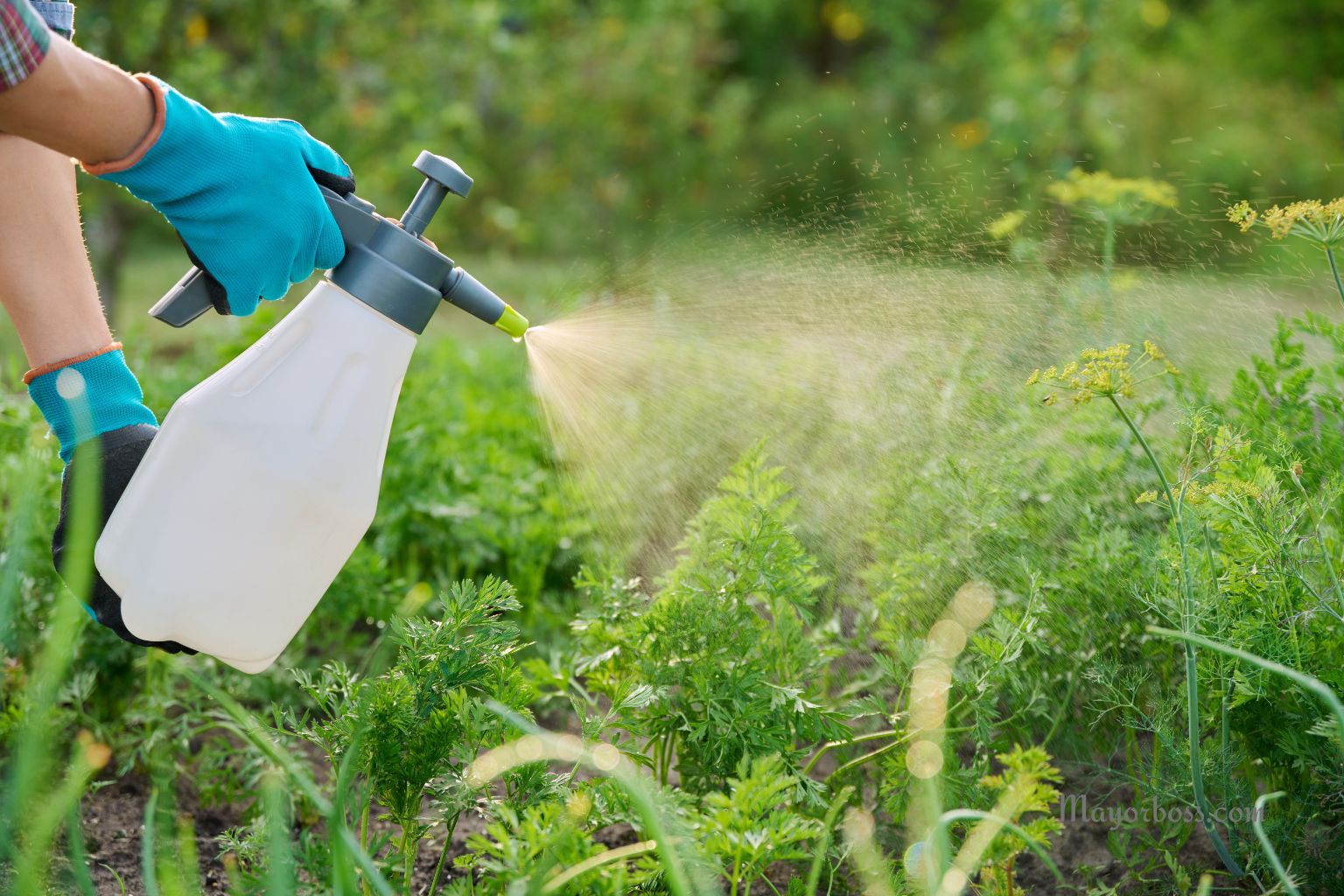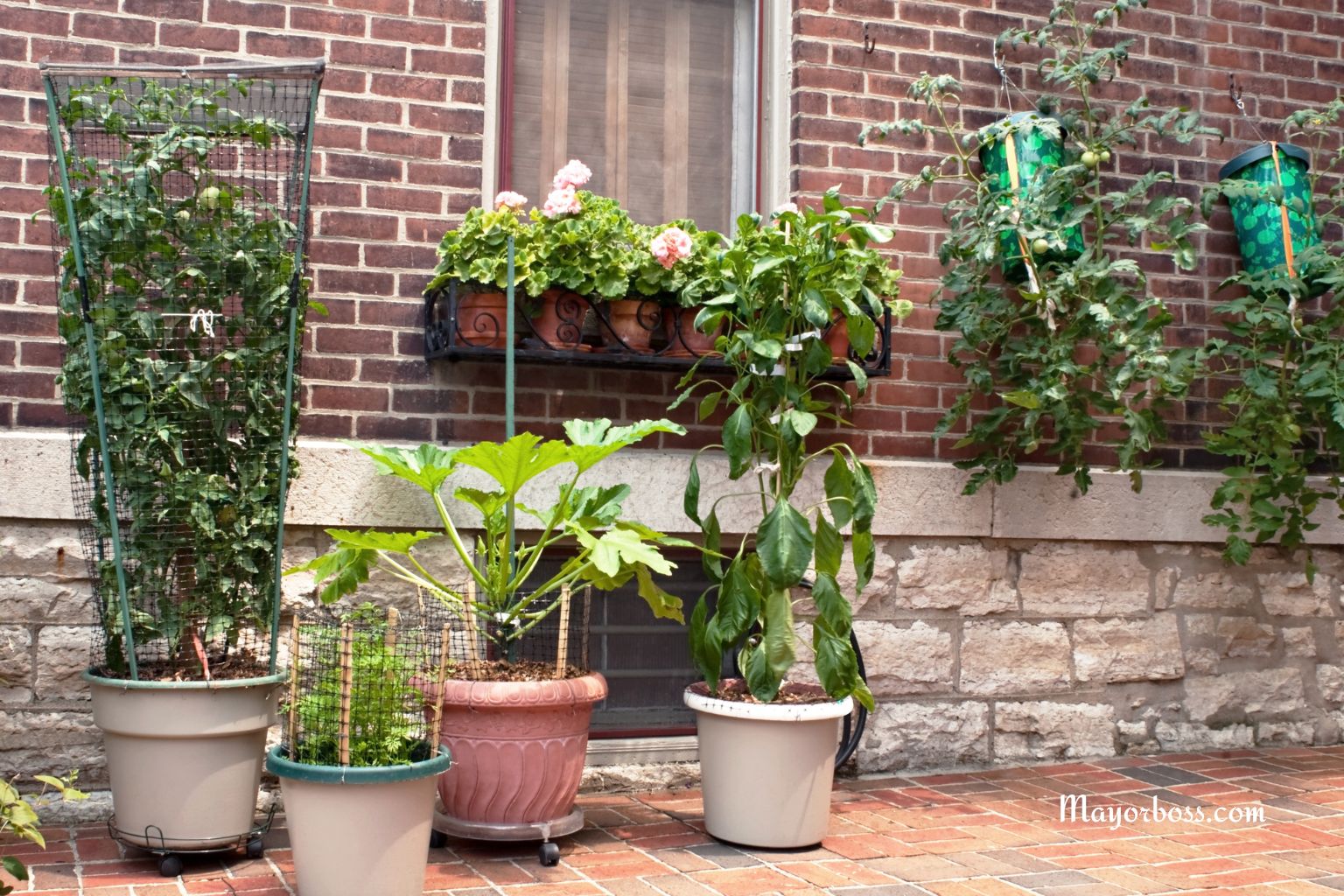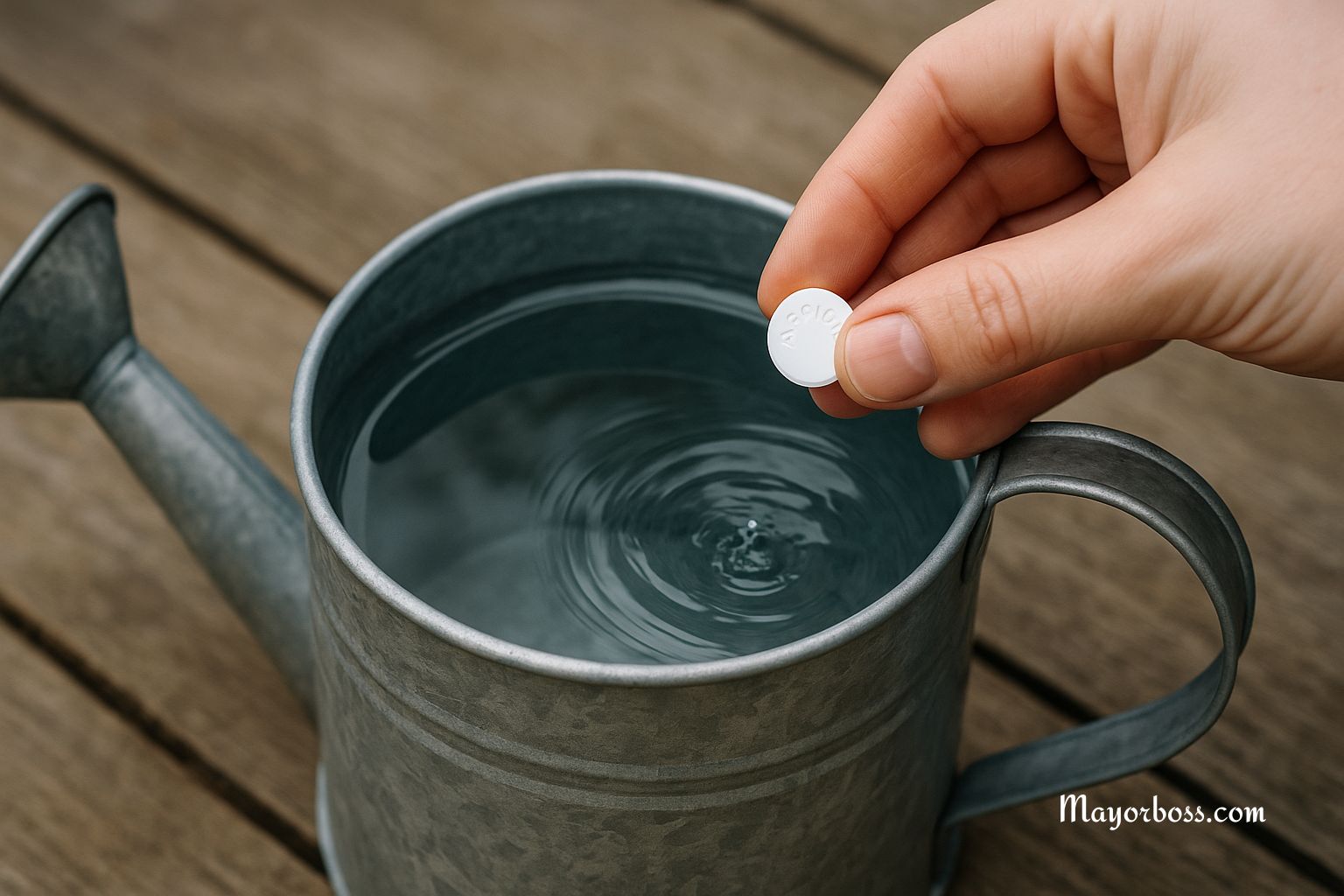What to Spray Cucumbers in Your Garden for More Ovaries and Faster Growth
Spray cucumber plants with a natural solution of boric acid or boron, use balanced foliar fertilizers rich in micronutrients, and apply seaweed extract to encourage more ovaries and faster growth. These sprays improve flower development and help cucumbers set fruit efficiently.
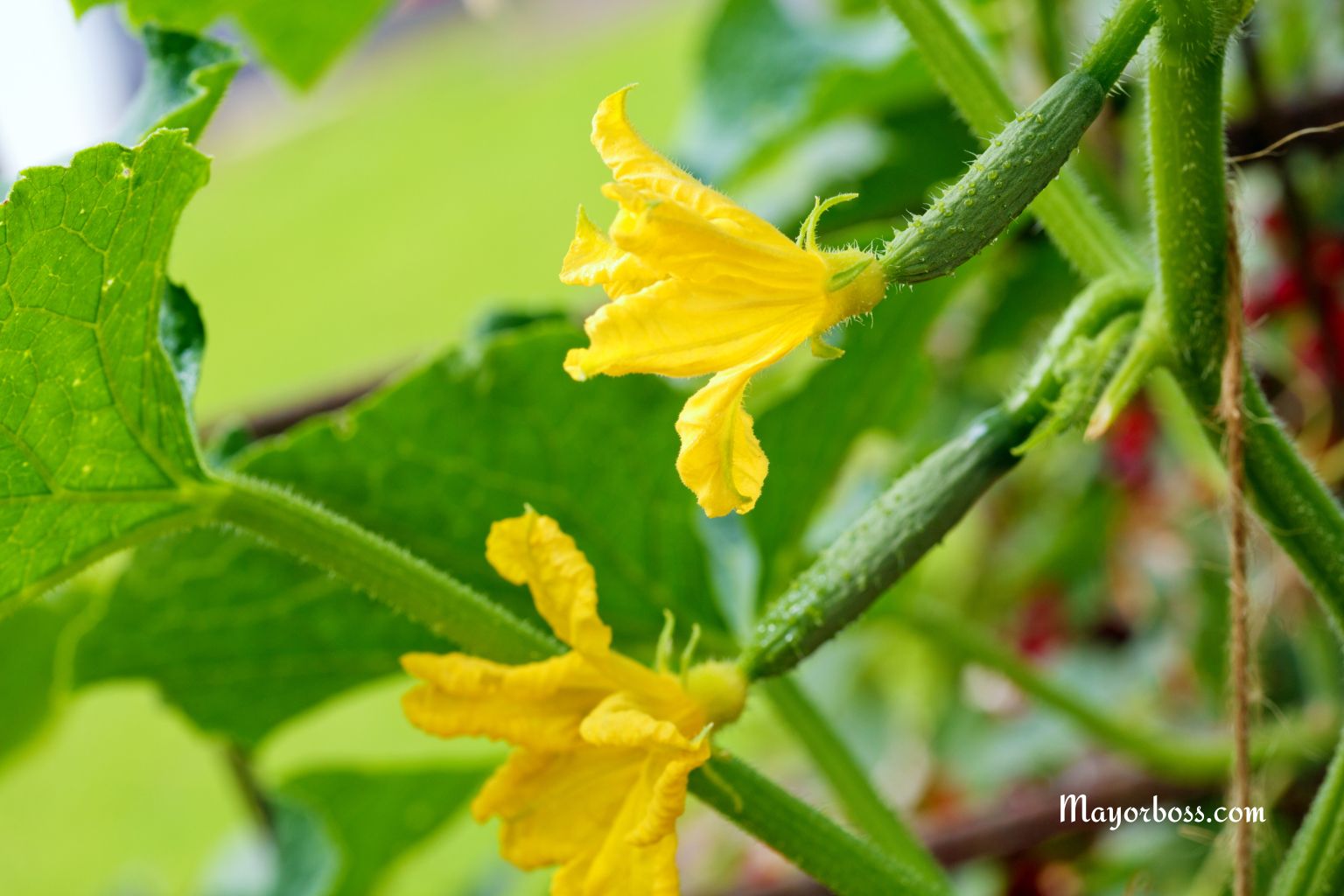
If you love fresh cucumbers and want your garden to produce more, you’re probably wondering how to help your plants grow more fruit. Sometimes, cucumbers form lots of flowers, but only a few actually become cucumbers. This can be frustrating, especially when you’re caring for your plants and hoping for a big harvest.
Let’s talk about what you can spray on cucumbers to increase the number of ovaries (the part of the flower that becomes the fruit) and speed up their growth, using methods backed by plant science.
Why Aren’t My Cucumbers Producing Enough Fruit?
First, it’s important to understand why cucumber plants might not produce enough ovaries or fruit. Sometimes, the issue is not enough female flowers, poor pollination, or a lack of key nutrients. If the plant doesn’t get what it needs, it can slow down or stop making cucumbers. Temperature stress, low soil fertility, and lack of water can also play a role.
Want to dig deeper? Read my full guide: Why Your Cucumber Plants Aren’t Producing Cucumbers for detailed reasons and solutions.
What Should You Spray for More Ovaries?
Let’s get straight to the point: The most effective sprays for encouraging more ovaries and boosting cucumber growth are based on key micronutrients and natural plant extracts.
1. Boron (Boric Acid Solution)
Boron is a trace element that helps plants develop flowers and fruit. If cucumbers don’t get enough boron, they may produce lots of male flowers but few female flowers (the ones that actually turn into cucumbers).
How to use:
Mix 1 gram of boric acid in 1 liter of water. Spray this solution on the leaves of your cucumber plants when they start to flower. You only need to do this once or twice during the flowering period.
Expert tip:
Don’t overdo it—too much boron can harm plants. One or two sprays per season is enough.
2. Balanced Foliar Fertilizer (Micronutrient Spray)
A foliar fertilizer is a solution you spray directly onto plant leaves. These sprays usually contain a mix of micronutrients like magnesium, zinc, manganese, and copper, along with boron. Foliar feeding is helpful because plants absorb these nutrients quickly through their leaves, which can give them a real boost during critical stages like flowering and fruit set.
How to use:
Choose a liquid foliar fertilizer labeled for vegetables or cucumbers. Follow the instructions on the bottle for dilution and application. Spray in the early morning or evening for the best absorption.
3. Seaweed Extract or Kelp Spray
Seaweed extract is a natural biostimulant, loaded with minerals and plant hormones that support growth. When sprayed on cucumber leaves, it can increase the number of female flowers and help them develop into healthy fruit. It also helps plants handle stress, like heat or drought.
How to use:
Dilute the seaweed extract according to the label. Spray the leaves every 2–3 weeks during the flowering and fruiting period.
Bonus:
Seaweed is gentle and safe for most garden plants, including cucumbers.
4. Epsom Salt Solution
Epsom salt provides magnesium, which helps with photosynthesis and overall plant health. Healthy, green leaves mean more energy for flower and fruit development.
How to use:
Dissolve 1 tablespoon of Epsom salt in 4 liters (about 1 gallon) of water. Spray the solution onto the leaves every few weeks.
Note:
This spray supports growth but doesn’t directly increase ovaries. It helps the plant stay strong and productive.
What About Growth Hormones?
Some gardeners use plant growth regulators like gibberellic acid to encourage more flowers or fruit. However, these are best used with care and are not recommended for home gardens without expert guidance. Natural sprays are usually safer and just as effective for most gardeners.1
Best Practices for Spraying Cucumbers
- Always spray in the early morning or late evening to avoid burning the leaves.
- Use a fine mist to cover the leaves evenly, but don’t soak them.
- Avoid spraying just before rain, as the solution can wash off.
- Follow all label instructions for any commercial product.
Other Ways to Boost Cucumber Growth
Spraying is only part of the story. Make sure your cucumbers get enough water, sunlight, and fertilizer. Planting flowers that attract bees can also improve pollination, which leads to more fruit.
If your soil is poor or sandy, consider adding compost or well-rotted manure before planting cucumbers. Healthy soil gives plants a strong foundation for growth.
When Will You See Results?
If you follow these tips and spray at the right times, you should see more female flowers and better fruit set within a few weeks. Healthy plants will keep producing cucumbers throughout the season.
Frequently Asked Questions
1. Is it safe to use boric acid on cucumbers?
Yes, when used in small amounts and diluted correctly, boric acid is safe for cucumbers. Avoid overusing it, as too much can be harmful to plants.
2. How often should I spray seaweed extract?
Spray every 2–3 weeks during the growing season, especially when plants are flowering and setting fruit.
3. Can I use Epsom salt and boric acid together?
Yes, but it’s best not to spray both on the same day. Alternate them every couple of weeks for balanced nutrition.
4. Will these sprays harm bees or pollinators?
No, when applied correctly, these natural sprays are safe for bees and other beneficial insects. Always spray early or late in the day when bees are less active.
5. What if I still don’t get enough cucumbers after spraying?
Check for other issues, such as poor pollination, pests, or plant diseases. Also, make sure your soil has enough nutrients and your plants get enough sun and water.
Summary
Spraying cucumbers with diluted boric acid, balanced foliar fertilizers, or seaweed extract can help increase the number of ovaries and speed up growth. Healthy, well-nourished plants will give you a bigger and better harvest. Remember, every healthy cucumber starts with a well-cared-for plant.

